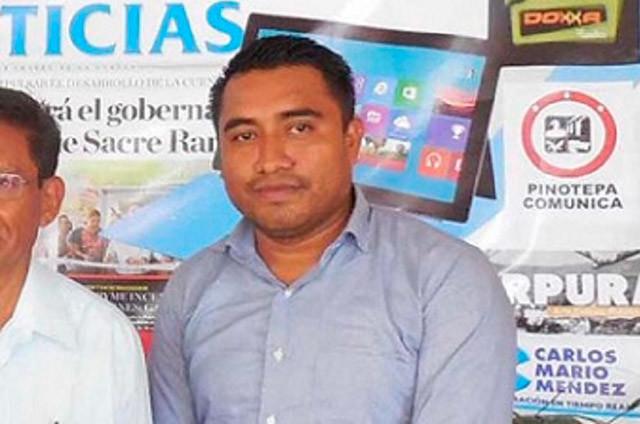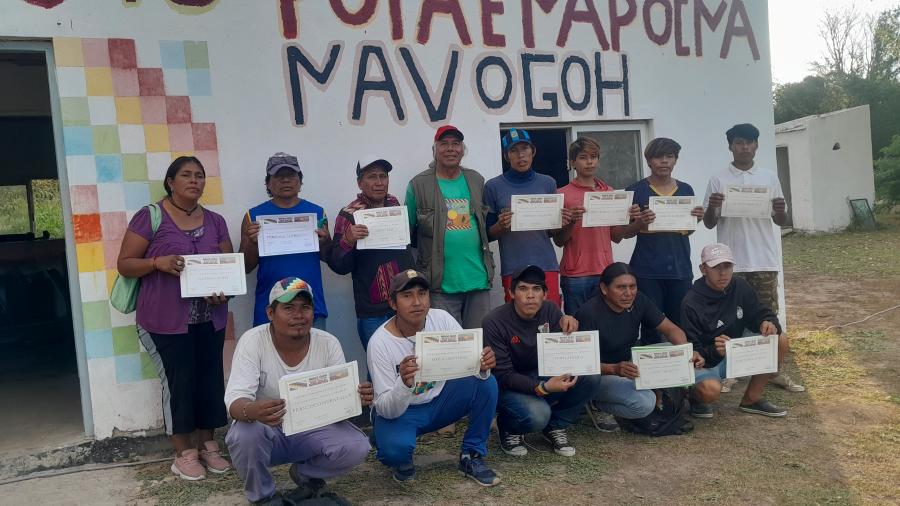
During the month of July 2019, a report on Mexico's Indigenous rights record was submitted to the United Nations Committee on the Elimination of Racial Discrimination (CERD). Twelve organizations that work on issues of human rights, legal assistance, migration, Indigenous Peoples, development and research collaborated to prepare this report. Each of the co-authors provided a series of case studies in Mexico and made recommendations to solve each issue.
Among the organizations that joined forces in the preparation of the alternative report were la Asistencia Legal por los Derechos Humanos, Centro de Derechos Humanos "Fray Bartolomé de las Casas", Centro de Derechos de las Mujeres de Chiapas, Centro de Derechos Humanos "Fray Francisco de Vitoria, Centro Mexicano de Derecho Ambiental, Comité de Defensa Integral de Derechos Humanos Gobixha, Cultural Survival, Fundar, Proyecto Sobre Organización, Desarrollo, Educación e Investigación, Red Nacional de Organismos Civiles de Derechos Humanos "Todos los Derechos para Todas y Todos". The report seeks to present different situations that describe how the situation of migrants, Indigenous Peoples and Afro-descendant populations in Mexico has changed since 2017, the year in which the last report was submitted to CERD. According to data from the National Institute of Statistics and Geography (INEGI), the Indigenous population represents 21.5% of the total Mexican population, with the majority living in the territories from Oaxaca, Chiapas, Veracruz, State of Mexico, Puebla, Yucatán, Guerrero, and Hidalgo. The absence of the Mexican State as a guarantor of the rights and demands of Indigenous Peoples is evident. Indigenous populations face obstacles accessing basic services such as water, health, and education.
The report details cases that exemplify forced displacements of Indigenous communities, violence against women, discrimination against Indigenous people in the justice system, and the issue of freedom of expression and access to information of Indigenous Peoples. Although the government has the responsibility to create a legal framework to protect and assist the needs of displaced communities, in Mexico the situation is contrary. Infrastructure, mining, fracking, mineral and hydroelectric extraction projects affect the health, housing, work, education and security of Indigenous communities and often cause forced displacement.
The issue of violence against women in Mexico was reported by UN Women, who indicated that at least 6 out of 10 women have been victims of some type of violence, specifically 41.3% have been victims of sexual violence, and 9 women are killed every day. If one takes into account that there is violence against women in general, when attention is given to the issue of Indigenous women, a series of factors must be added, such as the fact of being Indigenous, poor, discriminated, and living in a rural community. Impunity is a major problem. Although there is a high number of femicides in Indigenous communities, the situation is ignored by municipal authorities.
Regarding discrimination against Indigenous people in the justice system, it is visible how the Indigenous population has to engage in a justice system that is based on arbitrary detentions rooted in stereotypes and discrimination against Indigenous people, Language barriers also contribute to marginalization as often Spanish is the second language spoken. According to the AsiLegal organization, three factors are related to human rights violations of Indigenous persons deprived of liberty: the right to adequate defense; the right to a translator; and the right to have your identity recognized and respected.
Cultural Survival contributed information on the issue of freedom of expression of Indigenous Peoples. Indigenous community radio stations are a tool that helps fulfill the essential right to transmit and provide access to information in Indigenous languages. Community radio seeks to promote cultures, languages, and traditions and plays a decisive role when the territories have been threatened by mining megaprojects such as the Sierra Negra de Puebla or San José del Progreso. The situation of Indigenous radio journalists in Mexico has become very challenging. In 2017, Mexico was considered the most dangerous country for journalists. Many of the cases of murders of journalists in Mexico are directly related to their investigative and journalistic work, including covering Indigenous rights violations. A clear example is Cándido Ríos Vásquez who was killed in 2017 covering Indigenous and migrant women. Marcos Hernández was investigating Indigenous radio stations and was killed in Oaxaca in 2016. There are many more cases of deaths of radio broadcasters and journalists which remained without investigation.
To read the full report, go here.
Photo: Journalist Marcos Hernández Bautista



